Role of Non-Timber Forest Products in Forest Conservation and Community Livelihoods
- August 26, 2024
- 0 comment
Non-Timber Forest Products (NTFPs) are essential resources that have long been utilized by communities for food, medicine, and income. Unlike timber, which involves the extraction of trees, NTFPs are gathered without causing significant harm to the forest, making them a sustainable resource. By understanding the value of these products, we can better appreciate their contribution to both ecological health and economic stability.
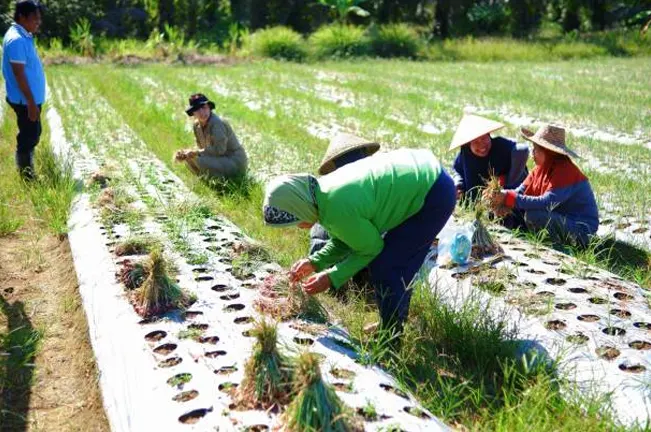
NTFPs encompass a wide range of products derived from forests, excluding timber. These include edible goods such as fruits and nuts, medicinal plants, resins, fibers, and materials used for crafts. The diversity of NTFPs reflects the rich biodiversity within forests and highlights their significance beyond timber production.
Importance of NTFPs in Forest Ecosystems
NTFPs play a vital role in maintaining forest ecosystems. They support biodiversity by providing habitat and food for wildlife, contribute to soil health, and play a part in the nutrient cycle. Moreover, the sustainable harvest of NTFPs ensures that forests continue to thrive, as they require minimal disruption to the ecosystem.
Connection Between NTFPs, Forest Conservation, and Community Livelihoods
The relationship between NTFPs, forest conservation, and community livelihoods is deeply intertwined. NTFPs offer an alternative to timber extraction, helping to conserve forests while providing economic opportunities for local communities. By promoting sustainable practices, NTFPs contribute to the long-term health of forests and the well-being of those who depend on them.
Table of Content
- Understanding Non-Timber Forest Products
- Role of NTFPs in Forest Conservation
- Economic and Social Benefits of NTFPs
- Challenges in the Sustainable Management of NTFPs
- Strategies for Enhancing the Role of NTFPs
- FAQs
Understanding Non-Timber Forest Products
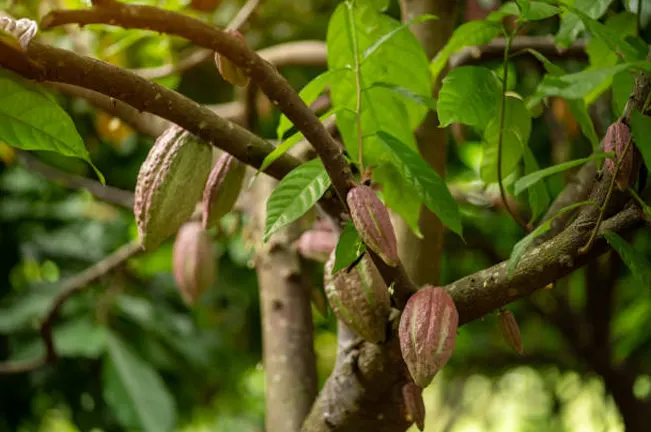
Definition and Types of NTFPs
NTFPs are forest-derived products that do not require the felling of trees. They can be broadly categorized into four main types: edible products, medicinal plants and herbs, fibers, resins, and gums, and ornamental and craft materials.
Edible Products (e.g., Fruits, Nuts, Mushrooms)
Forests provide a wide variety of edible NTFPs, including fruits, nuts, mushrooms, and honey. These products are crucial for food security and nutrition in many communities, especially those in rural areas.
Medicinal Plants and Herbs
Forests are a source of numerous medicinal plants and herbs used in traditional medicine. These plants are vital for healthcare in many indigenous and rural communities, where access to modern medicine may be limited.
Fibers, Resins, and Gums
Fibers, resins, and gums from forests are used for various purposes, including construction, clothing, and industrial applications. These materials are valuable resources that can be harvested sustainably.
Ornamental and Craft Materials
NTFPs also include materials for crafts and ornamentation, such as bamboo, rattan, and certain types of leaves and flowers. These materials are often used in traditional crafts and are essential for cultural preservation.
Ecological Significance of NTFPs
NTFPs are crucial for the health of forest ecosystems. They contribute to biodiversity, support the livelihoods of species that depend on them, and help maintain ecological balance. The sustainable management of NTFPs ensures that these ecosystems remain resilient and productive.
Role of NTFPs in Forest Conservation

Promoting Sustainable Harvesting Practices
Sustainable harvesting of NTFPs is key to conserving forests. By gathering products without damaging the forest structure, communities can maintain the health of the ecosystem while benefiting from its resources.
Reducing Pressure on Timber Resources
NTFPs provide an alternative source of income, reducing the need to harvest timber. This shift helps alleviate the pressure on timber resources, leading to better forest conservation outcomes.
Enhancing Biodiversity and Ecosystem Health
The collection of NTFPs often involves the preservation of diverse species, enhancing biodiversity. Healthy ecosystems are more resilient and better able to provide essential services, such as carbon sequestration and water regulation.
Integrating NTFPs into Forest Management Plans
Incorporating NTFPs into forest management plans ensures that these resources are utilized sustainably. Such integration promotes the long-term conservation of forests by balancing the needs of people and the environment.
Economic and Social Benefits of NTFPs
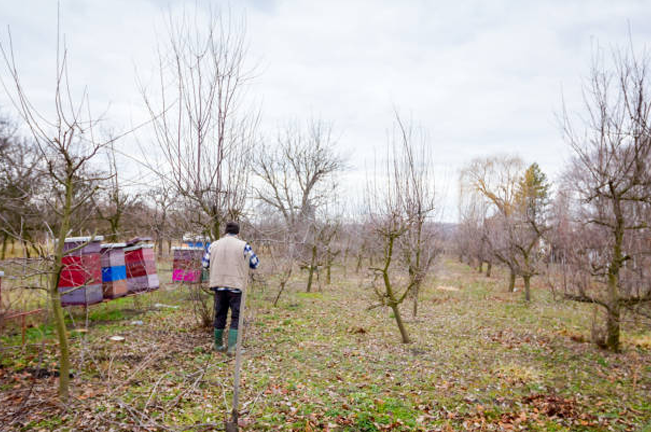
Contribution to Local Economies and Employment
NTFPs are a significant source of income for many rural and indigenous communities. They provide employment opportunities, especially for women, who are often involved in the collection and processing of these products.
NTFPs as a Source of Income for Indigenous and Rural Communities
For many indigenous and rural communities, NTFPs are a primary source of livelihood. The sale of products like nuts, honey, and medicinal plants can provide much-needed income, supporting economic development in these areas.
Empowerment of Women and Marginalized Groups through NTFPs
NTFPs offer opportunities for empowerment, particularly for women and marginalized groups. In many communities, women play a leading role in the collection and processing of NTFPs, helping to uplift their economic and social status.
Challenges in the Sustainable Management of NTFPs
Overharvesting and Resource Depletion
Overharvesting is a significant threat to the sustainability of NTFPs. Without proper management, resources can be depleted, leading to the degradation of forests and the loss of biodiversity.
Market Access and Fair Trade Issues
Access to markets and fair trade practices are critical for the sustainability of NTFPs. Many producers face challenges in reaching markets and receiving fair compensation for their products, limiting the economic benefits of NTFPs.
Regulatory and Policy Barriers
Regulatory and policy barriers can hinder the sustainable management of NTFPs. Clear policies and supportive regulations are needed to ensure that NTFPs are harvested and traded sustainably.
Climate Change and Its Impact on NTFPs
Climate change poses a growing threat to NTFPs. Changes in temperature, precipitation, and the frequency of extreme weather events can affect the availability and quality of these products, impacting both ecosystems and livelihoods.
Strategies for Enhancing the Role of NTFPs
Community-Based Forest Management Approaches
Community-based forest management is essential for the sustainable use of NTFPs. By involving local communities in decision-making, these approaches ensure that resources are managed in a way that benefits both people and forests.
Developing Value Chains for NTFPs
Developing value chains for NTFPs can enhance their economic potential. By adding value through processing and marketing, communities can increase their income from these products while promoting sustainability.
Policy Recommendations for NTFP Conservation
Effective policies are needed to support the conservation and sustainable use of NTFPs. Governments and organizations should work together to create frameworks that protect these resources and promote fair trade practices.
Promoting Research and Innovation in NTFP Utilization
Research and innovation are key to maximizing the benefits of NTFPs. By exploring new uses and improving harvesting techniques, we can ensure that NTFPs continue to play a vital role in forest conservation and community livelihoods.
Frequently Asked Questions (FAQs)
1. What are Non-Timber Forest Products (NTFPs)?
NTFPs refer to products obtained from forests that do not require the felling of trees. These include edible items like fruits and nuts, medicinal plants, fibers, resins, and materials used for crafts and ornaments.
2. Why are NTFPs important for forest ecosystems?
NTFPs play a crucial role in maintaining biodiversity, supporting wildlife habitats, and contributing to soil health. Their sustainable harvesting helps conserve forest ecosystems and reduces pressure on timber resources.
3. How do NTFPs contribute to community livelihoods?
NTFPs provide a significant source of income for rural and indigenous communities. They offer employment opportunities and are often essential for food security, traditional medicine, and cultural practices.
4. What are some examples of NTFPs?
Examples of NTFPs include edible products like mushrooms, berries, and nuts; medicinal plants like ginseng and aloe; fibers such as bamboo and rattan; and resins and gums used for various industrial and craft purposes.
5. How do NTFPs support forest conservation?
NTFPs promote sustainable land use practices by offering an alternative to timber extraction. By integrating NTFPs into forest management plans, communities can conserve forests while still benefiting economically from their resources.
6. What are the challenges in managing NTFPs sustainably?
Challenges include overharvesting, market access, fair trade issues, regulatory barriers, and the impacts of climate change. Addressing these challenges is essential for ensuring the long-term availability of NTFPs.
7. How can the role of NTFPs in forest conservation be enhanced?
Strategies include adopting community-based forest management, developing value chains for NTFPs, implementing supportive policies, and promoting research and innovation in NTFP utilization.
8. Are there any successful examples of NTFP-based enterprises?
Yes, there are several successful NTFP enterprises, such as the production of shea butter in West Africa and the harvesting of Brazil nuts in the Amazon, which have created sustainable livelihoods while conserving forests.
9. How do NTFPs empower women and marginalized groups?
NTFPs often involve activities like gathering and processing that are traditionally performed by women. This provides them with income opportunities and helps uplift their economic and social status.
10. What role does climate change play in the management of NTFPs?
Climate change can affect the availability and quality of NTFPs by altering ecosystems. This poses a threat to both forest conservation and the livelihoods of communities that depend on these products.

Gilbert Griffin
Forestry AuthorGilbert Griffin is a forest management expert specializing in sustainable practices, forest health, conservation, and land management. With extensive knowledge in pest control, disease management, and habitat restoration, Gilbert develops strategies to preserve forest ecosystems and biodiversity. Passionate about the natural world, Gilbert adapts to changes in forest management and stays updated through continuous learning. Gilbert also provides seasonal advice to optimize forest care throughout the year.

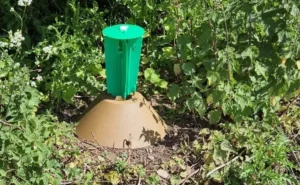


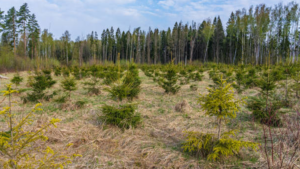








Leave your comment